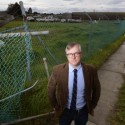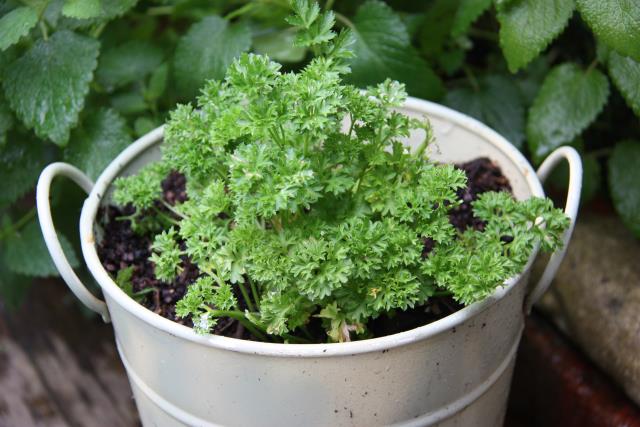By LACHLAN MOORHEAD
DOVETON is one of the six suburbs which make up half of Victoria’s 6506 prison population, according to a report released this week by Victoria’s Ombudsman.
In January, Victoria recorded its highest ever prison population of 6506, half of which comes from just Doveton, Broadmeadows, Corio, Frankston North, Maryborough and Morwell.
The report comes after Doveton was listed in July as one of the state’s seven most disadvantaged postcodes in the Dropping off the Edge 2015 report, compiled by Jesuit Social Services and Catholic Social Services Australia.
In her damning investigation into prisoner rehabilitation and reintegration, released on Thursday, Ombudsman Deborah Glass expected the state’s prison population to reach at least 8300 by June 2019.
She said building more prisons was a flawed and short-sighted response to the overflowing jail population.
“Building more prisons is demonstrably not making us safer as a community. For such enormous public investment we should be seeing much better returns,” Ms Glass said.
“Long term solutions do not lie within the walls of our prisons or with a single government department.
“Victoria needs a whole-of-government approach to focus on the causes of crime rather than its consequences.
“If we continue in this way, current trends in both prisoner numbers and cost mean it will not be long before we have to make hard decisions between prison beds or hospital beds, better schools or more security.”
Doveton’s unemployment rate currently sits at 21 per cent, more than three times the national average.
In his recently published book An Economy Is Not A Society, author and Labor speechwriter Dennis Glover, who grew up in Doveton, discusses the “social destruction” of the suburb, which he claims is the result of factory closures in the once prosperous manufacturing centre.
At their height Doveton’s three big factories – General Motors Holden, International Harvester and Heinz – collectively employed almost 7500 people.
Mr Glover said only 500 of those jobs remained.
“The public expects violent offenders to serve time, but offenders must also be better coming out than when they went in if we’re going to reduce crime,” Ms Glass said.
“We also know that prison is the most expensive option and that there are alternative approaches which work well in appropriate cases to change offender behaviour and reduce reoffending.”
The Ombudsman’s report also notes an overrepresentation of Aboriginal and Torres Strait Islander people in custody, making a case for more action to reduce both the number of prisoners in the first instance and the re-offending rate.
The investigation also found that recidivism rates are highest among people aged 18 to 25.
Over half of young prisoners return to prison within two years.
“Despite a demonstrable effect on recidivism rates, Victoria has only one dedicated youth unit, housing 35 of the 751 young offenders in adult prisons,” Ms Glass said.
“Interventions targeted towards young offenders – through diversion or within the prison system – provide a significant opportunity to break the cycle before it becomes entrenched.”







